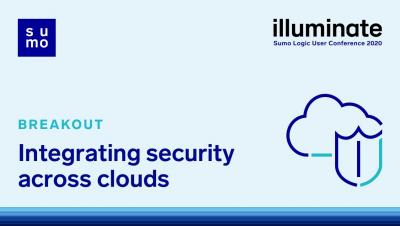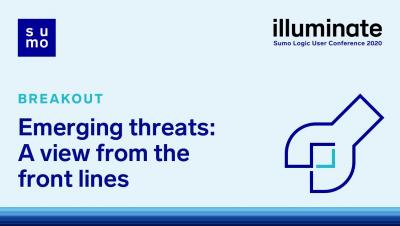Security | Threat Detection | Cyberattacks | DevSecOps | Compliance
%term
Emerging threats: a view from the front lines
Securing a Cloud Service with Sumo - From Compliance & Security Analytics to Production App Security
Reviewing Findings in Veracode for VS Code
How to Protect Your Business From Multi-Platform Malware Systems
The Lazarus Group (also known as Guardians of Peace or Whois) is a notorious cybercrime gang made up of unknown individuals. According to the United States Federal Bureau of Investigations, the group is a North Korean “state-sponsored hacking organization.” However, some believe that their connections to North Korea might be a false flag intending to hide their true origins.
Notable Enhancements to the New Version of NIST SP 800-53
As an infosec professional, you’ve likely heard of the National Institute of Standards and Technology (NIST).
Fact vs. Fiction: Common Data Environment and Interoperability in Construction
A number of software packages offer data storage in the cloud. Convenient? Yes, however, the data resides in its own silo which can make it difficult to manage – from security with a clear audit history, to accessibility to making sure the latest content is available to project stakeholders. A true common data environment (CDE), keeps and protects all that content in a single, secure repository in the cloud with integrations to applications.
Cloud security series: Key controls to help enhance cloud security
Fuzzing Bitcoin with the Defensics SDK, part 1: Create your network
This is the first part of a two-part advanced technical tutorial that describes how you can use the Defensics SDK to set up your own Bitcoin network. This is the first of two articles that describe how to use the Defensics® software development kit (SDK) to fuzz Bitcoin software. Specifically, you’ll learn how to model one of the Bitcoin network protocol messages and use the Defensics SDK to perform fuzzing on the bitcoind process.










